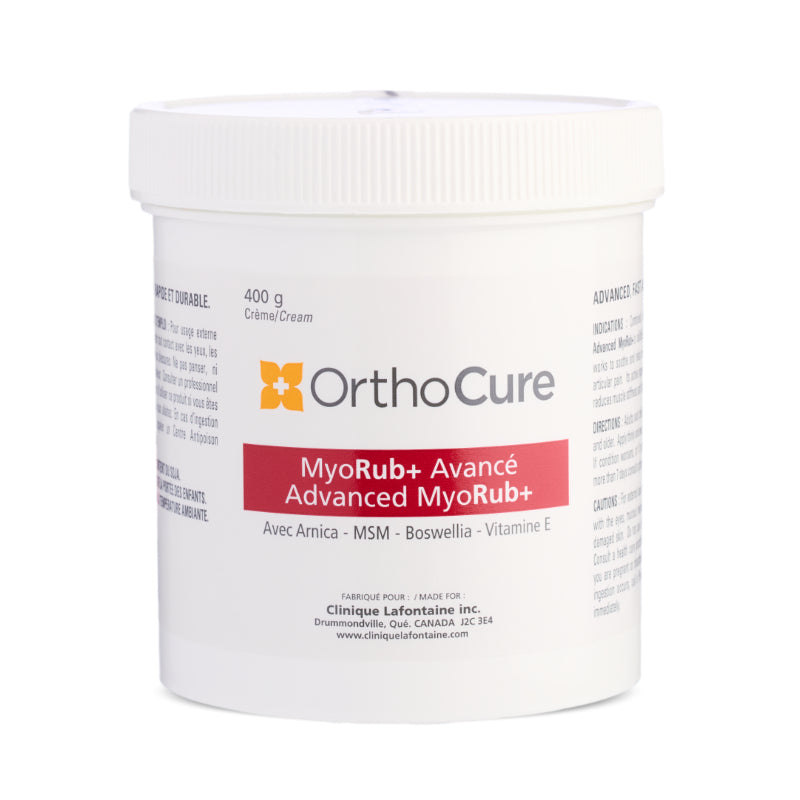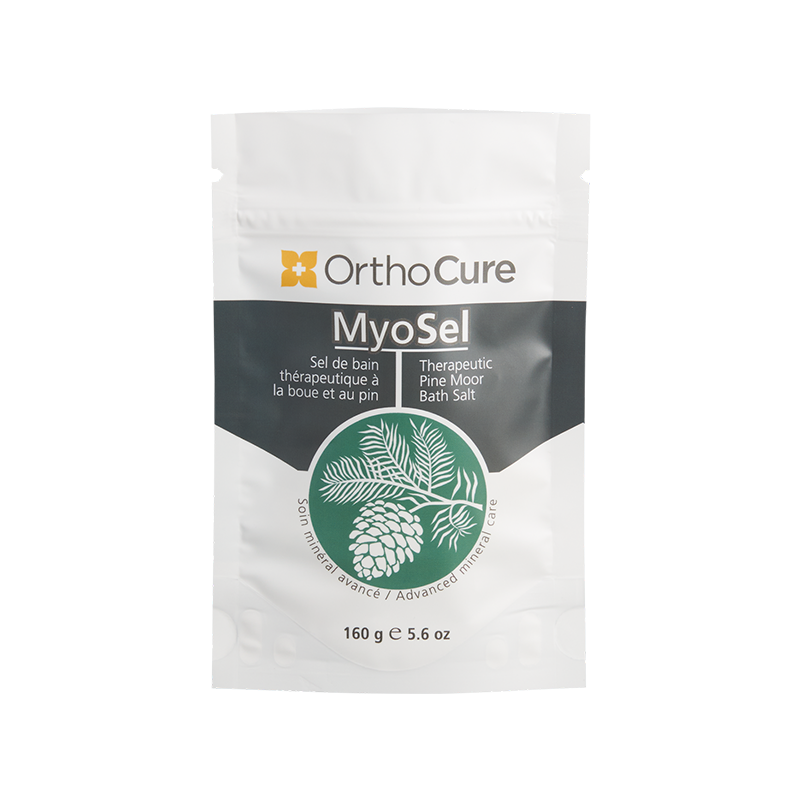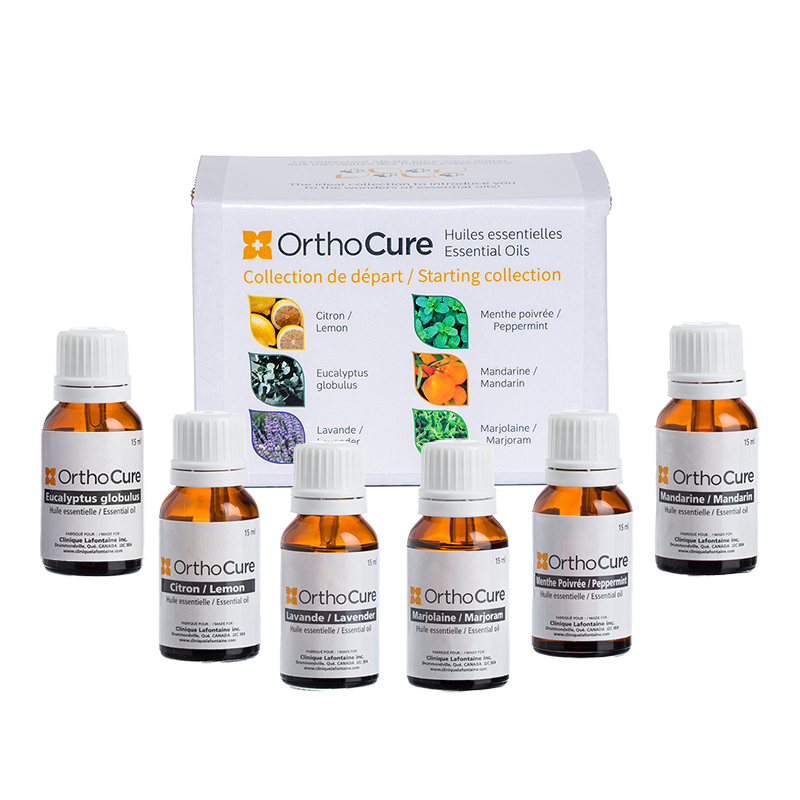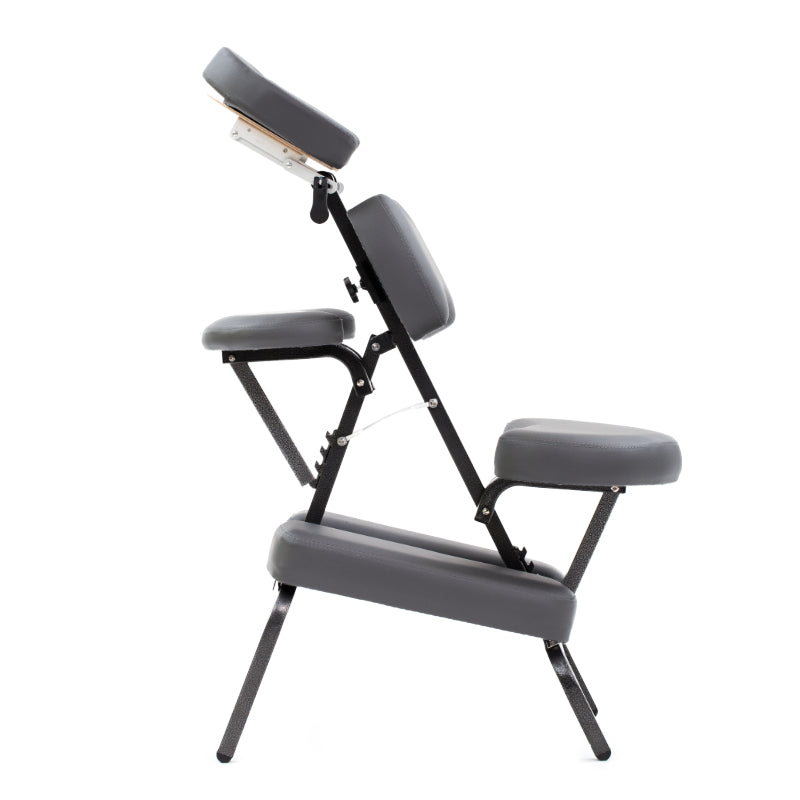Sinusitis refers toinflammation mucous membranes that cover the inside of the sinuses. Each sinus communicates with the nasal passages through small openings, through which the mucus produced in the sinuses normally flows.
Inflammation of the lining of the sinuses, also called rhinosinusitis, is usually caused by a viral or bacterial infection. When a virus or bacteria spreads to the sinuses, the lining becomes irritated and swells, which can then cause blockage of the sinuses. The mucus is then no longer drained normally towards the nose and, in this closed environment, microbes multiply freely.
The pain and feeling of pressure in the face, well known to people with sinusitis, therefore come from the accumulation of mucus inside the sinus(es).
Types of sinusitis
Acute sinusitis
It does not last more than 4 weeks and does not reappear more than 3 times a year. In most cases, it follows a viral infection upper respiratory tract, most often a cold. In Canada, 0.5% to 2% of people with a cold subsequently contract sinusitis.
Other possible causes or factors:
- a bacterial or fungal infection (by fungi);
- allergies;
- a dental abscess that spreads to the sinuses;
- the atmospheric pollution;
- of the nasal polyps;
- a deviation of the nasal wall.
Chronic sinusitis
Sinusitis becomes chronic when it persists beyond 12 weeks (we speak of subacute sinusitis between 4 and 12 weeks). If acute sinusitis does not respond to usual treatments or if it is not treated, it risks developing into chronic sinusitis. In general, chronicity sets in after several attacks of acute sinusitis (recurrent sinusitis), but it sometimes happens that acute sinusitis immediately evolves into chronicity.
Most often, chronic sinusitis is caused by allergies. These may include allergies to pets, dust mites, pollen, fungi, for example, or other substances that cause inflammation of the walls of the nose and sinuses. Thus, 50% to 80% of people with chronic sinusitis are allergic or have allergic rhinitis.
Other factors may also be involved:
- active or passive smoking;
- a weak immune system;
- cystic fibrosis;
- an anatomical anomaly: an abnormal shape of the small canals allowing the sinuses to communicate with the nasal cavities or a deviation of the nasal septum;
- nasal polyps;
- swimming (irritation from chlorine);
- facial trauma causing obstruction of one or more sinuses.
Advice
This is to encourage the flow of mucus so that it can carry out its work of destroying and cleaning micro-organisms.
Several actions can help:
- A humidifier at work and at home to maintain humidity between 30 and 50%; Too dry air dries out the mucus and thickens it.
- Radically cut out dairy products.
- Consume foods that contain vitamin A.
- Cigarette smoke, alcohol, medicated drops and aerosols reduce the mobility of the cilia lining the mucous membranes; these cilia have an important role to play in the evacuation of pollutants and microbles.
- Avoid contact with allergenic substances.
Recommendations
Supplement rich in magnesium such asOrthoMag+.
Supplement with vitamin C andEucalyptus essential oil.
Rest and drink plenty of water.


















